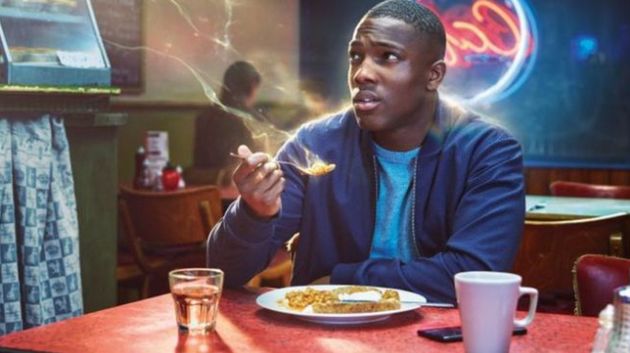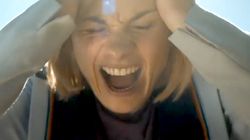
On Sunday, during Jodie Whittaker’s Doctor Who debut, one of the new companions, Ryan Sinclair, was struggling to learn to ride a bike at the age of 19. This wasn’t for a lack of trying, however – it was because he is dyspraxic.
The BBC’s choice to have a dyspraxic character is particularly poignant because, as someone with dyspraxia, I know how hard the disability is to understand and articulate.
While almost everyone has heard of dyspraxia and dyslexia, in my experience we’re miles off truly understanding it. When people think of a disability the usual image that comes to mind is someone ‘bound’ to a wheelchair – that’s an easy image to conjure, but for many people it’s impossible to tell they are living with a disability every day.
I was diagnosed with dyspraxia and dyslexia (half of all people with one of the conditions will have the other) when I was six. It’s an impossible thing to comprehend when you’re a child, because for me I was just normal – I wasn’t different or disabled, I was me, except I was being told for the rest of my life I would struggle with certain things and just be a little bit different.
The thing is with these conditions is that they aren’t set in stone; they’re fluid. Some people are affected more seriously, some will struggle more with certain things than others, everyone is unique.
If you Google dyspraxia you’ll find a definition that lists what skills may be affected. It may affect your coordination, organisational skills, memory, processing speed, perception and speech.
But none of this is guaranteed, so for me I spend so much time questioning if the reason I struggled at something was because I didn’t put enough effort in, or if it was because of my disability.
Imagine it like this: you’ve spent all of your life working on a PC, but then all of a sudden you have to use a Mac. You could probably still get your work done, but the way you do it would not be the way Macs are meant to be used, and it would all take just that little bit longer. Every PC user forced to use a Mac will be able to figure out how do to some things quickly but be floored by others. The same is true for how dyspraxia varies from person-to-person.
Many people go their entire lives without being diagnosed and so knowing how many people it affects is difficult – but estimates vary from anywhere between six and 16% of the population – at least one child in every class room.
All this said, I still struggle to understand how dyspraxia affects me, so I know it’s even harder for someone who doesn’t have dyspraxia or dyslexia to comprehend. I’ve faced stigma from all sorts of people, including very liberal accepting friends all of my life because they do not understand.
If a person is deaf, then you know that they’re not going to be able to hear, you can adapt to that easily and assist them however they may need. But because people are aware dyslexia and dyspraxia are real, but don’t understand what they mean, it’s harder to accept.
The stigma comes in two forms: people think it’s another way of saying I’m a bit thick (in reality studies show learning disabilities have no impact on intelligence), while others think that, as I can be very capable, people think I’m just ‘gaming the system’ to get unwarranted assistance in things like extra time in exams.
All of this brings us back to Ryan, a grown man trying to learn to ride his bike on a hill in South Yorkshire (before he has to fight aliens with the Doctor).
To show Ryan had dyspraxia, the BBC obviously had to work his condition into the plot, they had to physically show him struggling with something to demonstrates how it can be limiting. In doing this, the BBC is teaching everyone more about the disability and deepening their understanding – especially important for the young people the show is aimed at.
I’ve met a lot of people with dyslexia and dyspraxia and one thing I’ve always noticed is those who had it identified early and who had received extra help in school were miles better at handling their conditions than those who hadn’t.
The final point I want to make is if you have dyslexia or dyspraxia, it doesn’t have to hold you back. Just because you do something differently, it doesn’t mean it’s worse than how someone else would do it.
Albert Einstein usually tops the list as the most famous person to have dyslexia and dyspraxia, but many prominent people today have been open about it, Richard Branson, Daniel Radcliffe and Jim Carrey to name a few. And last week the health secretary, Matt Hancock, revealed he had dyslexia, and admitted he struggled with spelling for a long time.
More awareness around dyspraxia, especially through a massively successful TV programme, should mean more people will be able to self-identify or identify others who may have a learning disability, and get the help they need.


